If you’re one of those photographer’s who has been fighting the urge to try film for the first time, I have two words for you: Do it.
Ok, easier said than done. Once you decide to take the plunge, what next? It’ll take more than two words, but I do have a shortlist of film photography basics, that is essential items you will need to get started with film photography.
1. A Camera
Obviously. And since you’re just getting started, it’s best to keep it simple. You’ll want to get your hands on a basic 35mm camera. You can worry about all that medium and large format stuff later.
35mm film cameras are easy to find and they’re affordable. If you don’t find one in your attic or basement, you can look at charity shops, yard sales or local classifieds. And, of course, there’s always the internet. KEH, eBay and UsedPhotoPro are just a few of the sites that camera seekers have a habit of turning to.
Remember, you’re just looking for a starter camera. Above all, make sure it’s in good working condition. A built-in light meter is nice to have, but hardly a must.
You can expect to spend somewhere around $150 on a classic body like the Nikon FE, Olympus OM-1 or Canon AE-1.
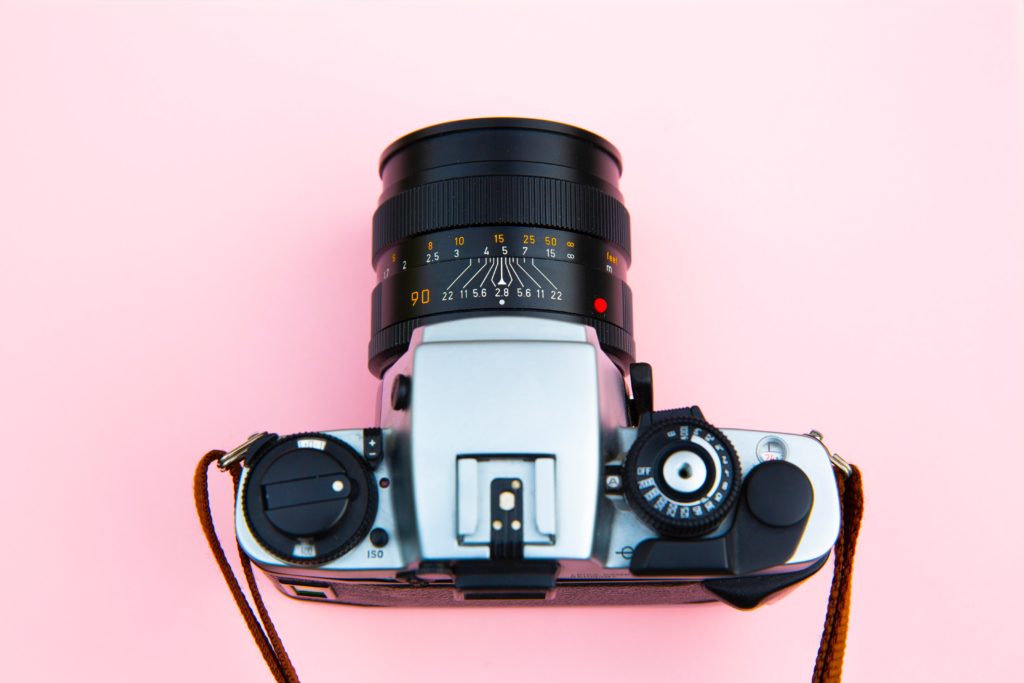
2. A Lens
If you’re going to “overspend” on something, better it is a lens than a camera body (generally speaking). Don’t worry, though — getting a really good lens for your film camera doesn’t have to break the bank.
Canon, Nikon, Olympus, Minolta and Pentax all produced some wonderful lenses back in the day. You won’t have a hard time finding one that pairs perfectly with your camera of choice.
A 50mm f/1.8 for one of the camera bodies mentioned above, for example, might set you back around $70, depending on condition.
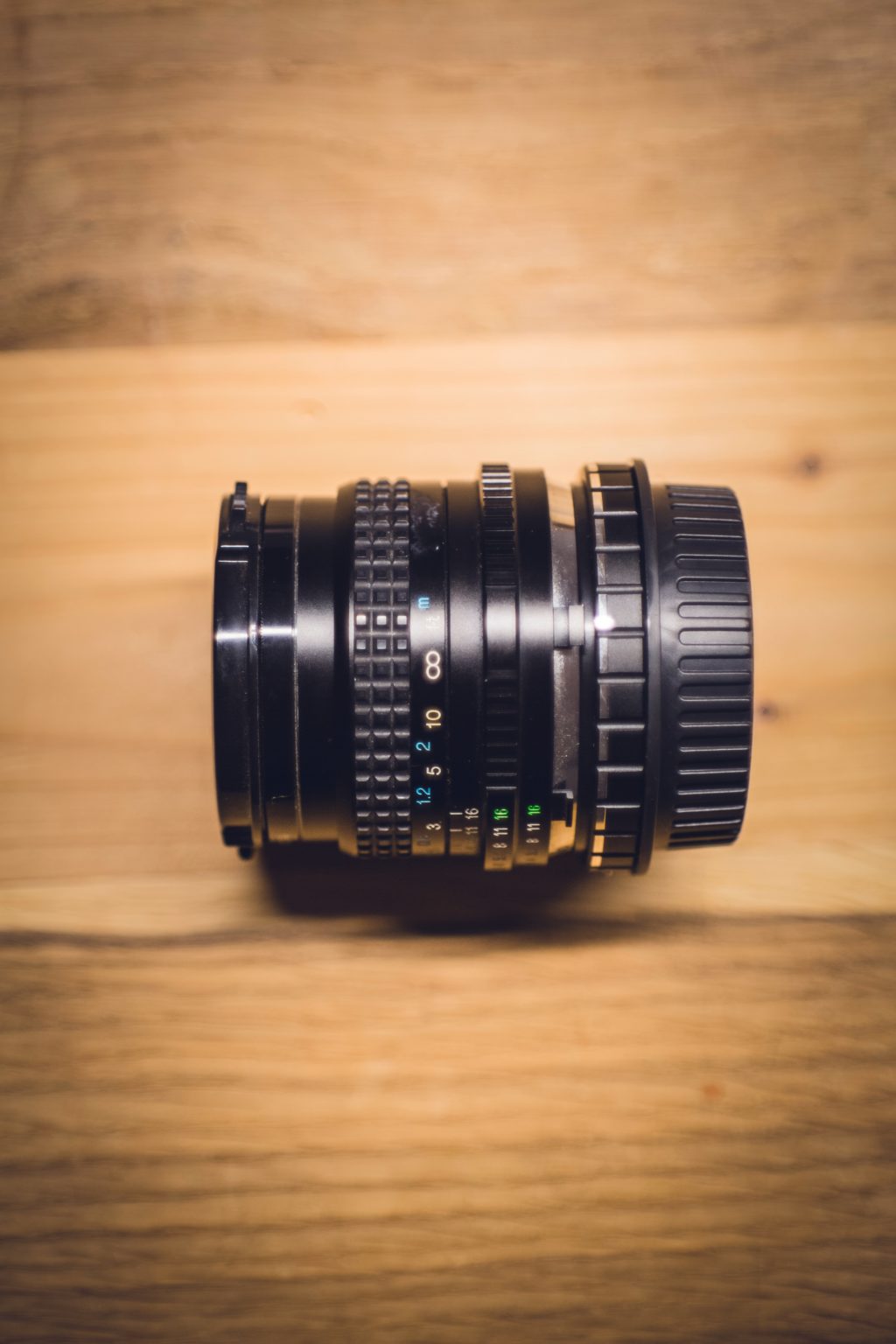
3. Film
A 35mm camera is nothing but a showpiece if you don’t have any film to put into it. Fortunately, there are plenty of options here as well. Again, you’ll want to choose something at the lower-priced end of the range.
Why? Because you’re likely to make mistakes as a beginner, and mistakes with film can be costly. You don’t get to delete shots you’ve ruined, so it’s best to minimize the cost of those mistakes as much as possible.
This means using a basic black and white or color negative film.
Some of the more affordable offerings from Kodak include Tri-X, Gold 200 and UltraMax 400. Ilford doesn’t make color film but their HP5+ is a legendary black and white option. Fujifilm offers Fujicolor 200 and Superia X-TRA 400.
Each of these companies also makes more expensive “pro” films and slide films. You may want to experiment with some of those other options down the road.
Kentmere and Ultrafine produce a line of “budget” black and white films.
Film costs can vary quite a lot by region and retailer but expect to spend approximately $3 to $4 per roll.
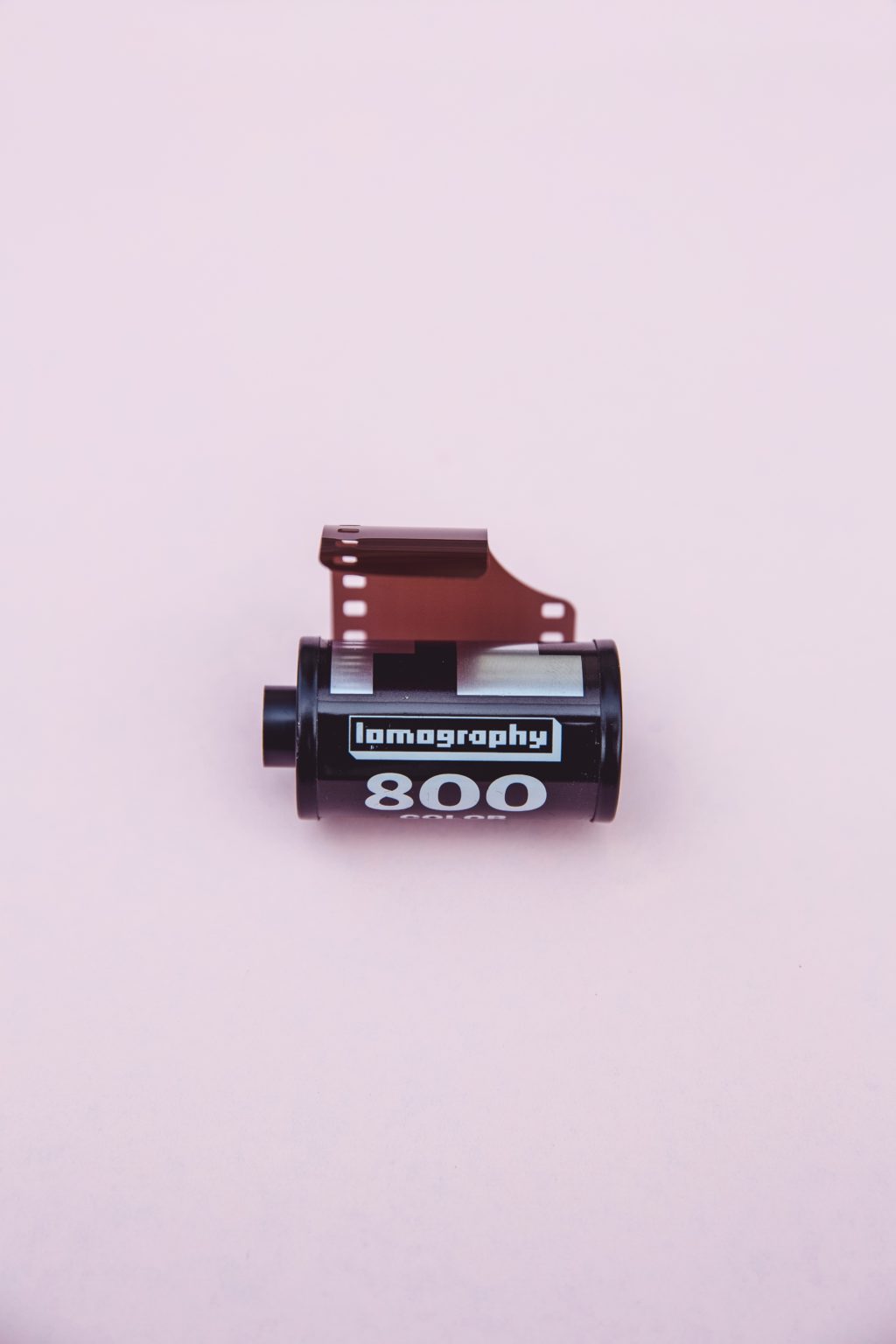
4. A Lab
When you finish a roll of film and you’re ready to retrieve the images you’ve captured on it, you’ll need a way to get that film developed. A film lab in every town and pharmacies that provide one-hour processing are largely a thing of the past, so you’ll probably end up mailing your film to the lab.
Indie Film Lab, The Darkroom, Richard Photo Lab and The Find Lab are a few well-respected mail-order options. Prices vary, of course, but you’ll spend about $10 per roll just for developing (shipping and scanning options will at least double your costs).
Just be aware that processing will be the priciest part of shooting film and, obviously, it’s an ongoing expense.
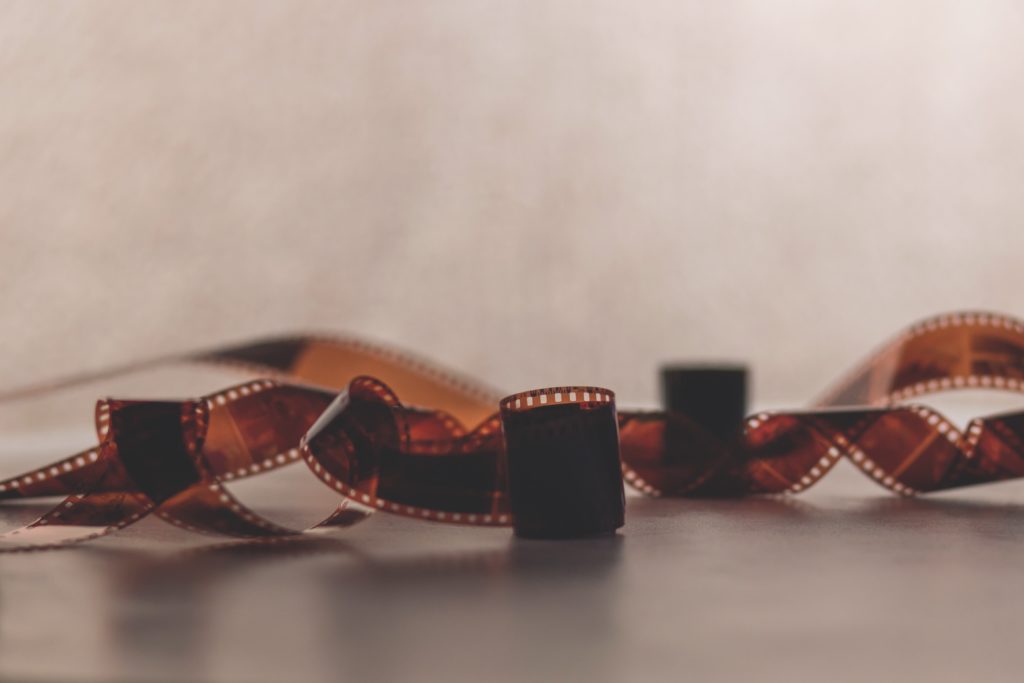
Final Thoughts
It’s easy to get your hands on a 35mm camera and some film. It’s also easy (though expensive) to get your film developed by someone else. What may not be so easy for beginner film shooters is tempering expectations.
Initially, you may be discouraged by your results or by the weird aesthetic quirks you may encounter — light leaks, grain, accidental double exposures, unexpected color shifts — things you don’t really deal with when shooting digital (noise and grain aren’t quite the same things).
Keep an open mind, give yourself room for error and be patient. Before long you’ll know whether film is something you feel is worth sticking with.


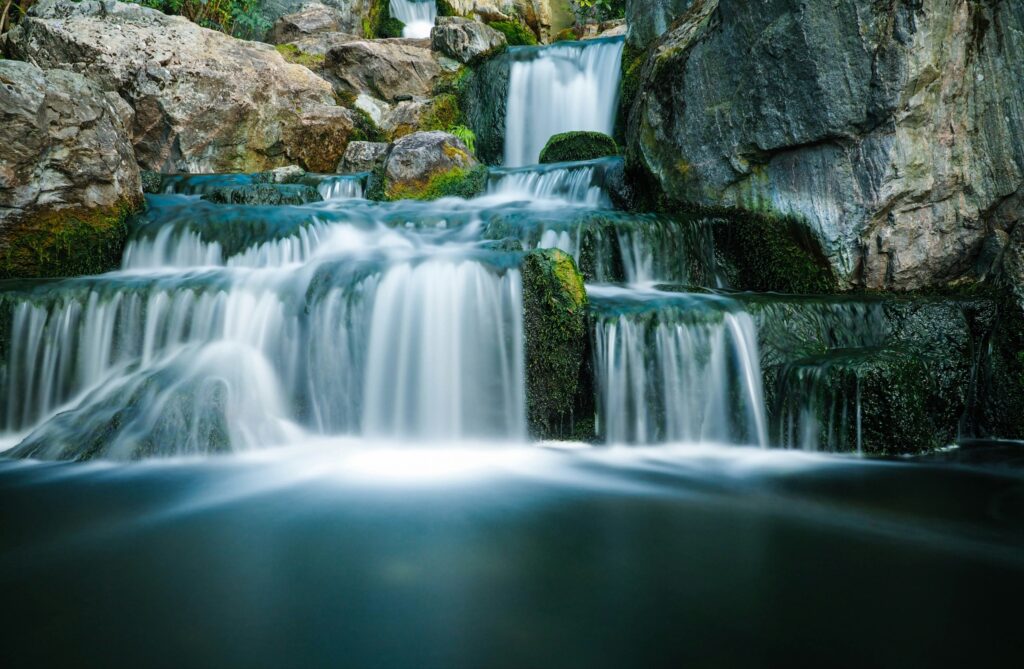
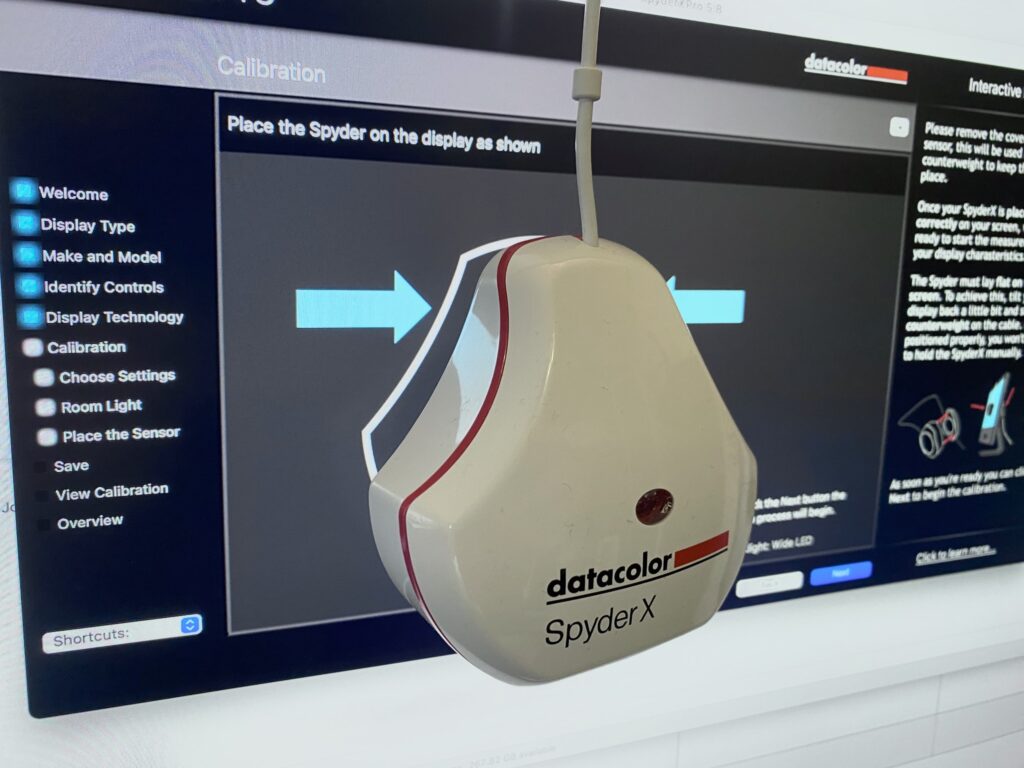
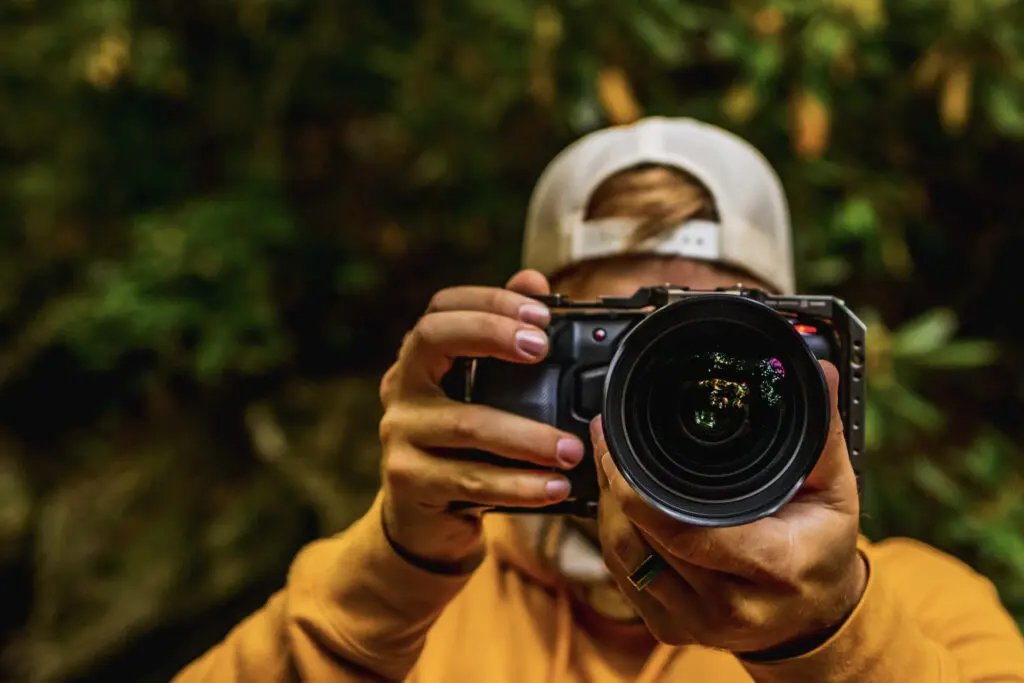
2 Comments
Hey, why send film for processing when you can do your own at home! I should write an article on it. 🙂
Do it!